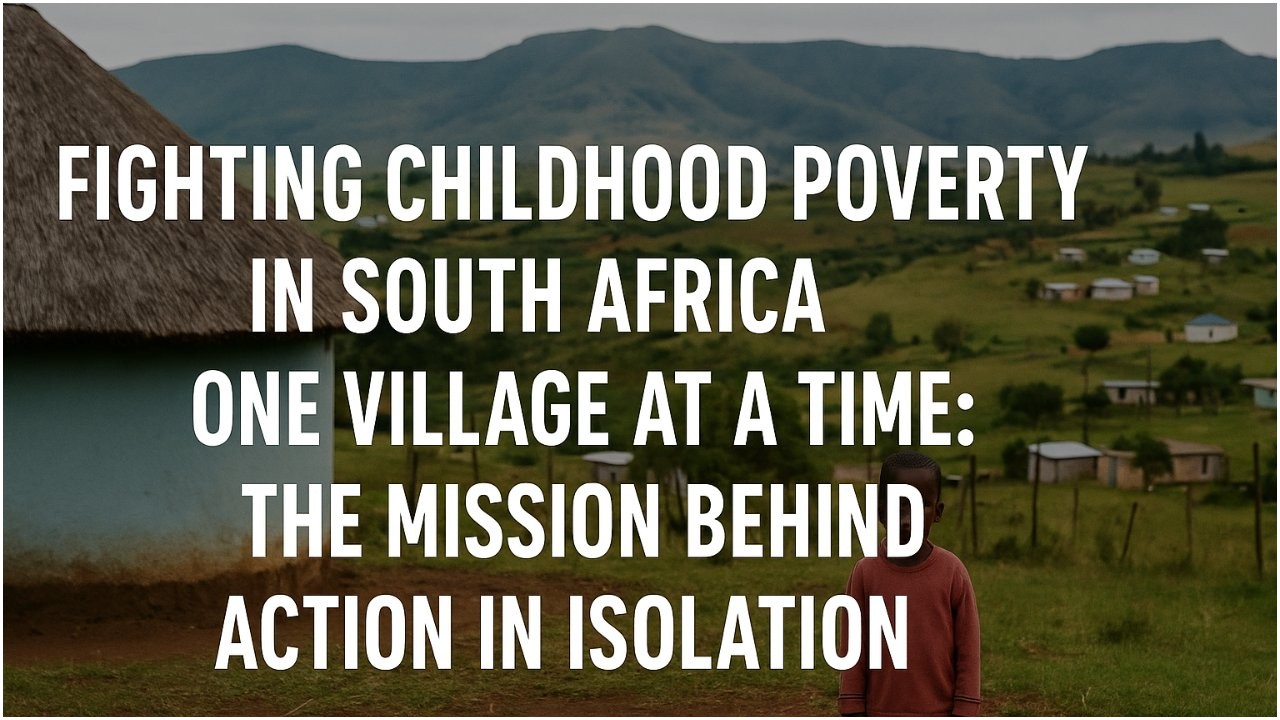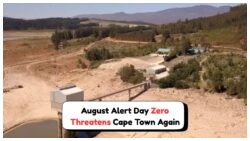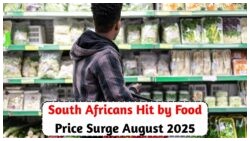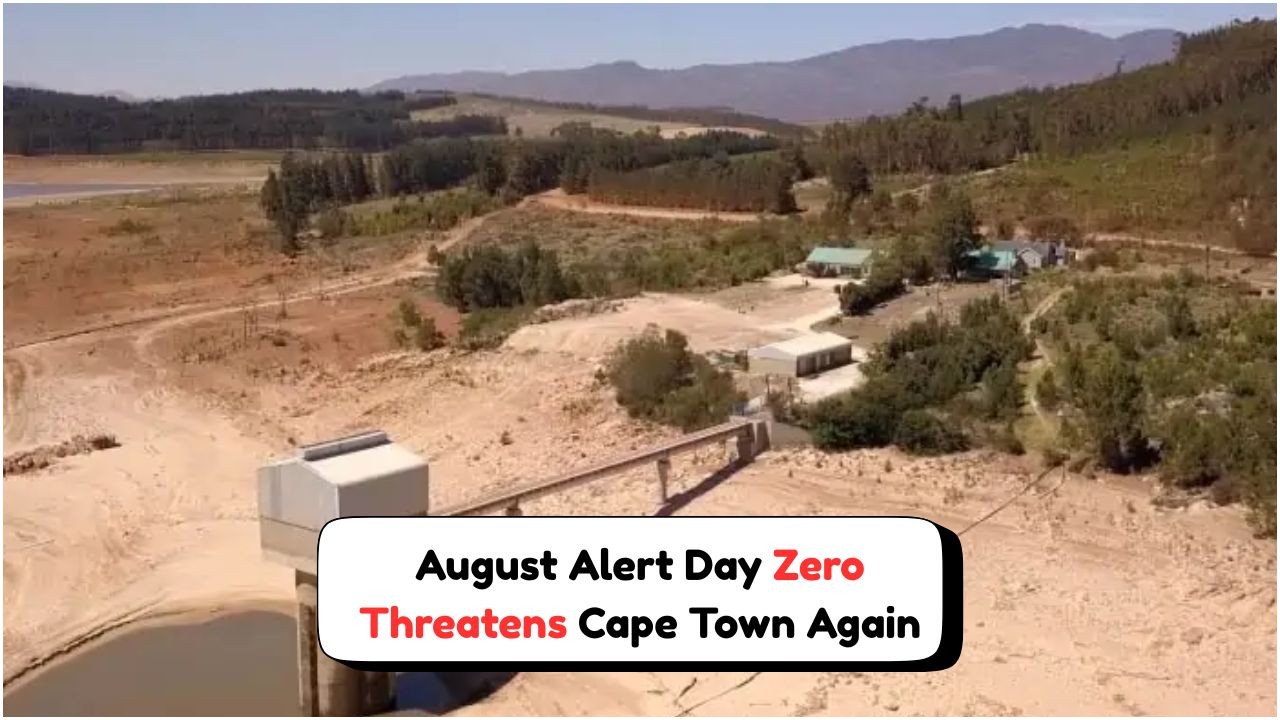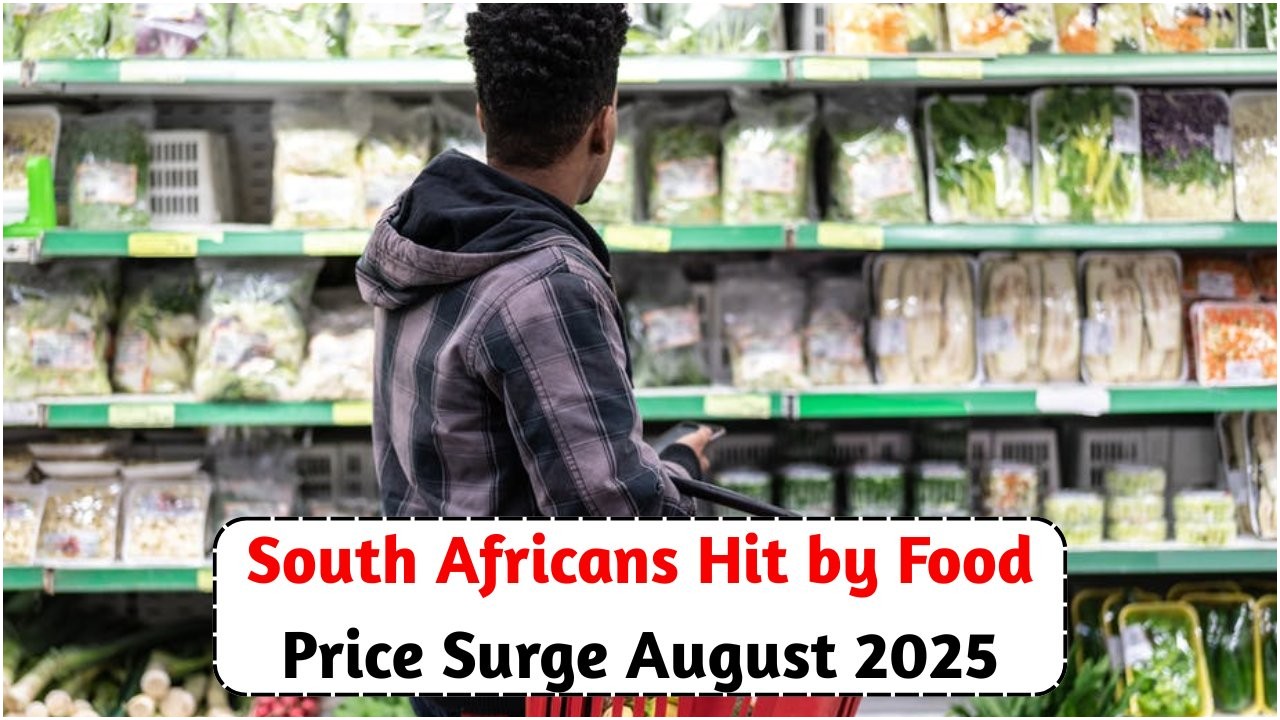Childhood Poverty – In South Africa, childhood poverty remains one of the most pressing challenges, particularly in rural and isolated regions. With millions of children growing up in households without access to basic necessities such as food, education, and healthcare, the ripple effect of poverty can stunt entire communities for generations. The scars of apartheid, compounded by economic inequality and limited government infrastructure in remote areas, continue to widen the poverty gap. However, among these challenges, a grassroots initiative named Action in Isolation has emerged as a beacon of hope. Founded by a group of local educators, healthcare workers, and volunteers, Action in Isolation operates with a bold vision: eradicate childhood poverty one village at a time. Unlike many large-scale programs that struggle to penetrate the deep rural pockets of South Africa, this organization takes a hyper-local approach, targeting the country’s most overlooked communities. From building feeding schemes to offering mobile classrooms and clinics, their work reflects a deep understanding of the unique challenges in each location. The mission is simple but powerful—every child deserves dignity, nourishment, education, and care, regardless of where they are born. This article explores how Action in Isolation is turning that vision into reality and what their journey means for the future of childhood welfare in South Africa.
Understanding the Roots of Rural Childhood Poverty in South Africa
The poverty experienced by children in South Africa’s rural villages is both complex and deeply entrenched.
- Limited access to early childhood development (ECD) centers
- Scarcity of clean water and nutritious food
- Long distances to healthcare facilities
- Poor transportation infrastructure
- Lack of employment opportunities for parents
- High prevalence of diseases such as TB and HIV/AIDS
- Dependency on government grants as the primary income
Socioeconomic Indicators in Rural South Africa
Below is a comparative table showing key statistics that illustrate the scale of poverty among children in rural areas:
| Indicator | Rural Areas (%) | Urban Areas (%) | National Average (%) |
|---|---|---|---|
| Children living in poverty | 74 | 38 | 54 |
| Access to clean water | 52 | 93 | 78 |
| School dropout rate (ages 7–17) | 23 | 12 | 17 |
| Malnutrition under age 5 | 29 | 11 | 18 |
| Households with no income | 47 | 22 | 34 |
| Child-headed households | 9 | 3 | 6 |
| Access to nearby health clinic | 41 | 86 | 63 |
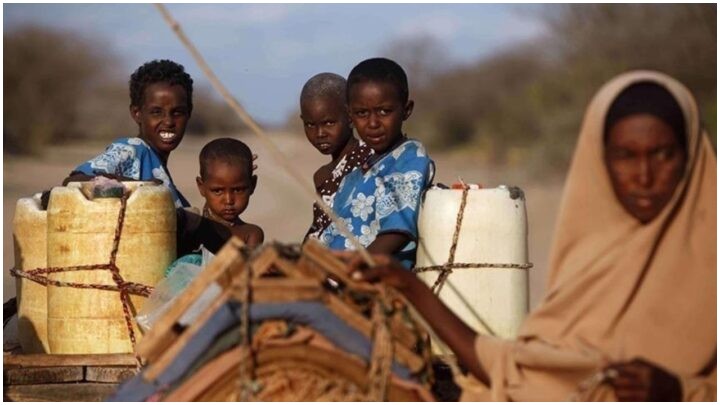
The Birth and Mission of Action in Isolation
Action in Isolation began with a simple food parcel program during a drought in Limpopo and has since grown into a multi-pronged poverty eradication initiative.
- Founded in 2018 by local social workers and volunteers
- Focuses on holistic child welfare: food, health, education, and protection
- Operates in 26 villages across Limpopo, Eastern Cape, and KwaZulu-Natal
- Uses a community-led model with local youth ambassadors
- Partners with clinics, schools, and tribal leaders
What Makes Their Model Unique
Rather than applying a one-size-fits-all solution, Action in Isolation builds custom programs for each village:
| Village Name | Primary Need | Initiative Deployed | Children Reached |
|---|---|---|---|
| Ga-Matlala, Limpopo | Malnutrition | Monthly food parcels + gardens | 1,200 |
| Bizana, Eastern Cape | School Access | Mobile classrooms + transport | 850 |
| Nongoma, KZN | Medical Access | Mobile health van | 670 |
| Mt. Ayliff, EC | Abuse Prevention | Child rights workshops | 430 |
| Sekhukhune, Limpopo | Teenage Mothers | Skills programs + daycare | 390 |
| Jozini, KZN | HIV/AIDS Orphans | Support groups + food aid | 510 |
| Tsolo, Eastern Cape | Infrastructure | Community-built daycare centers | 780 |
Impact Through Education and Nutrition
Education and food are the cornerstone of a child’s development. Action in Isolation works to ensure every child has both.
- 3,000+ children now receive a daily meal
- 24 mobile classrooms rotate across provinces
- 100+ community tutors trained to teach early learning
- School uniforms and textbooks supplied annually
- Weekend literacy clubs established for ages 5–12
Food Security Programs
Nutrition is tackled both directly and sustainably:
| Program Type | Description | Villages Covered | Children Benefiting |
|---|---|---|---|
| Food Parcel Kits | Monthly delivery of basic staples | 22 | 3,200 |
| Garden Projects | Community veggie gardens led by grandmothers | 14 | 1,400 |
| Soup Kitchens | Daily hot meals in central locations | 10 | 900 |
| Nutritional Clinics | Screening + supplements for undernourished | 8 | 670 |
Healthcare Access and Protection Initiatives
Children in rural areas often grow up without proper healthcare. The organization prioritizes preventative care and emotional well-being.
- Mobile health units serve 3 regions weekly
- Vaccination drives in partnership with local clinics
- Mental health counseling for abuse survivors
- Health and hygiene awareness campaigns in schools
Child Safety and Crisis Support
In many cases, children face abuse, neglect, or exploitation. Here’s how Action in Isolation intervenes:
| Program Name | Focus Area | Outcome |
|---|---|---|
| Safe Villages Program | Community reporting lines | 1,200+ abuse cases addressed |
| Survivor Support Circles | Counseling & legal aid | 500+ children supported |
| Youth Mentorship | At-risk teens | 300+ re-enrolled into schooling |
| Home Visits | Welfare checks | 800+ vulnerable households reached |
Empowering Mothers and Communities
Poverty eradication isn’t just about helping children—it’s about empowering the caregivers too.
- Skills development for mothers (sewing, baking, agriculture)
- Microloans and co-ops for single-parent households
- Parenting workshops and nutrition classes
- Recruitment of local volunteers as program leaders
Community-Led Change: Stories of Hope
One inspiring case is from the village of Ga-Matlala. A 19-year-old single mother, Nthabiseng, went from depending entirely on child grants to running a daycare co-op and providing for her siblings through the help of Action in Isolation. Her children now attend the same literacy club she helped build.
Challenges, Funding, and the Road Ahead
While their achievements are significant, Action in Isolation still faces numerous hurdles.
- Lack of consistent funding and resources
- Transportation issues in reaching remote villages
- Need for more professional healthcare personnel
- Government bureaucracy in registering new centers
Future Goals and Expansion Plans
Despite the odds, the organization is planning expansion:
| Goal | Timeline | Resources Needed |
|---|---|---|
| Add 10 new mobile classrooms | By March 2026 | R2.5 million in funding |
| Build 5 child centers | By July 2026 | Land + R4 million |
| Launch maternal clinic unit | By Jan 2026 | Partnership with Health Dept |
| Reach 10,000 children | Ongoing | Volunteers + media outreach |
Departmental Contact Details
If you wish to support or collaborate with Action in Isolation, here are the relevant contact points:
| Department | Contact Person | Phone Number | |
|---|---|---|---|
| Child Nutrition Division | Lerato Mokoena | [email protected] | +27 71 234 5678 |
| Education & Literacy | Sipho Khumalo | [email protected] | +27 72 456 7890 |
| Rural Health Services | Dr. Nandi Dlamini | [email protected] | +27 73 321 4321 |
| Community Empowerment | Thabiso Molefe | [email protected] | +27 78 555 6789 |
| Donations & Partnerships | Zanele Majola | [email protected] | +27 76 987 6543 |
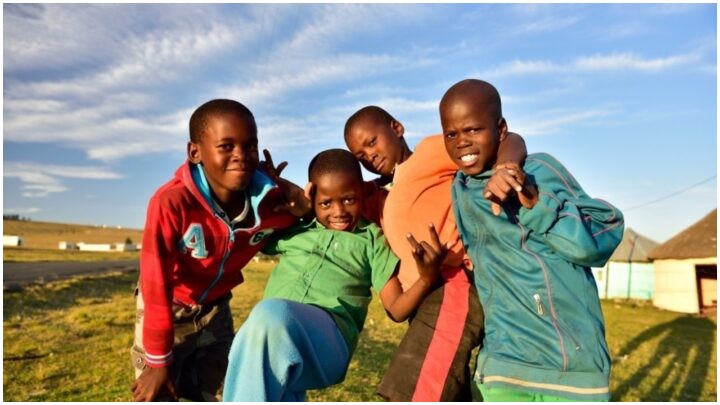
No child should grow up hungry, sick, or without education simply because of where they were born. Organizations like Action in Isolation remind us that change doesn’t always need to come from the top. Sometimes, it begins in a single village—with a single act of compassion—and spreads like hope through every corner of the nation.
FAQs
1. What areas does Action in Isolation operate in?
They currently work in over 26 villages across Limpopo, Eastern Cape, and KwaZulu-Natal.
2. How can I donate or volunteer for Action in Isolation?
You can reach out through their official email [email protected] or call the Donations department at +27 76 987 6543.
3. Are the services provided only for children?
While children are the focus, many programs also include caregivers, teenage mothers, and entire families.
4. Is Action in Isolation affiliated with the South African government?
They operate independently but coordinate closely with health clinics and educational departments.
5. What are their biggest needs right now?
They urgently need funding for mobile classrooms, healthcare staff, and resources for expanding to more villages.
